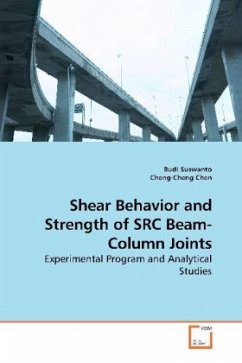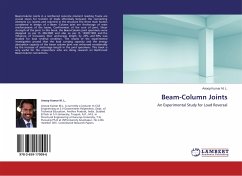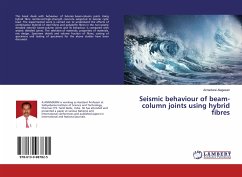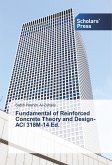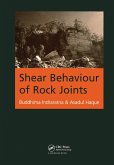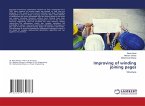Eight large-scale beam-column subassemblies containing four SRC subassemblies, three SRCS subassemblies, and one pure steel subassembly were fabricated and tested under cyclic loading to investigate the behavior of SRC Type I exterior and Type II corner beam-column joints. In the design of beam-column joints, the steel element of columns formed continuously built-in crossing of H-sections; with adjacent flanges of column being connected by diaphragm plate in a joint at the level of the beam flanges. To facilitate the analysis of the behavior and shear strength of the beam column joints, these systems were designed in such a way that the joints are likely to fail first. Experimental and analytical studies have been carried out to estimate the structural performance of the designed joints and to predict shear strength of beam-column joints with single-side force inputs by using strength superposition and modified softened strut-and-tie method.

